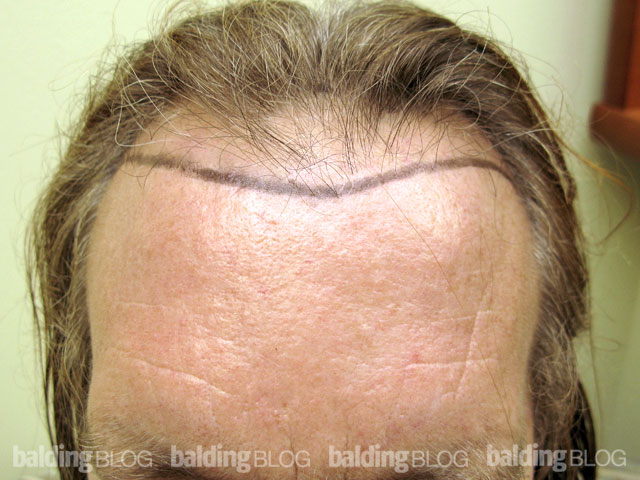Hey doc. How are you today?
I have been diagnosed as a Norwood 5 thinning pattern. Originally when I started finasteride I was a Norwood 3 vertex only, but obviously the medication is only slowing the process down. I had a consultation with a reputable Toronto Dr and he said it would not be be worthwhile performing surgery at that time. But now that things have progressed is it possible to perform surgery just to give me more density? I am fine with my hair line. Or is it dangerous transplanting in between miniaturized hairs? I’m 22 and have been on finasteride for 2 and a half years with a gradual decline in my hair count but hairline is still thick for some reason. What do you think ?

I am fine. Thank you for asking.
Transplanting between the miniaturized hairs may likely result in you losing those weak hairs, so you won’t be any better off than you are now (except with less donor hair and less money in your bank account). I can’t say for sure since I haven’t seen you, but based on your description the surgeon you saw might have done you a favor.






 Just after I published a post about the
Just after I published a post about the  John Lord is not a doctor, but somehow owns a surgical hair transplant clinic. This is illegal in California, but he was able to skirt the law. His clinic was responsible for the
John Lord is not a doctor, but somehow owns a surgical hair transplant clinic. This is illegal in California, but he was able to skirt the law. His clinic was responsible for the